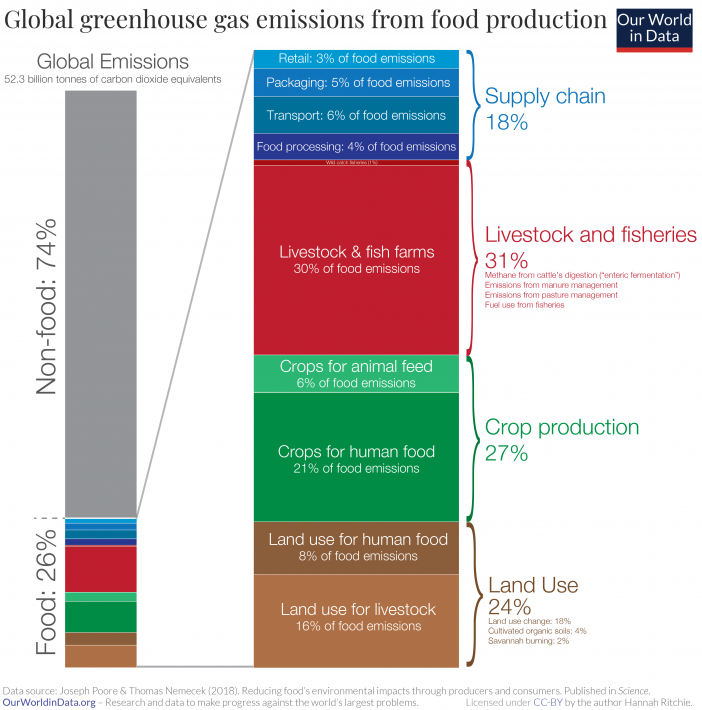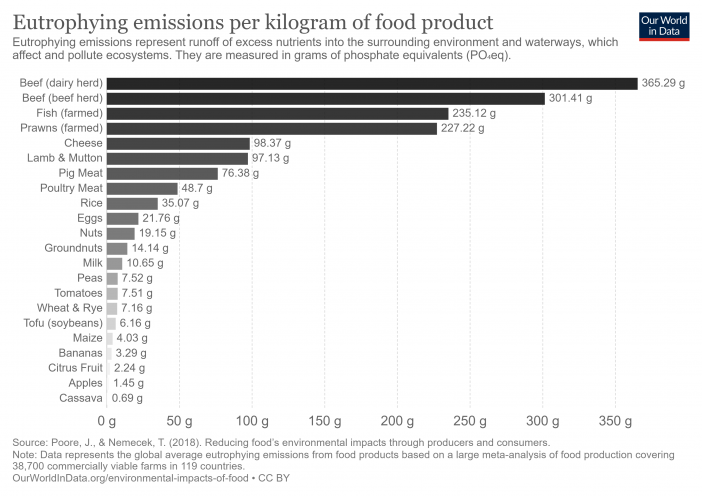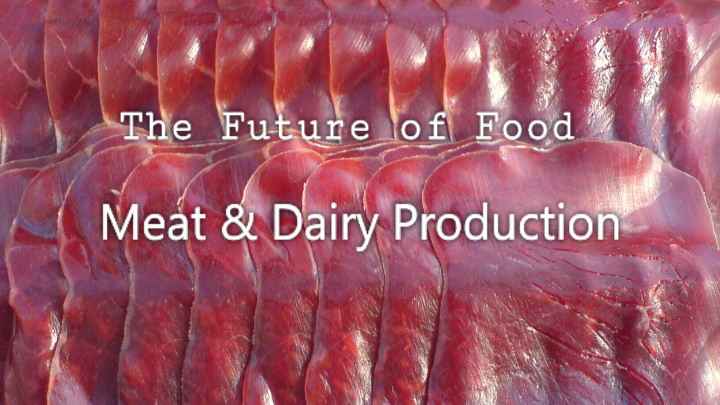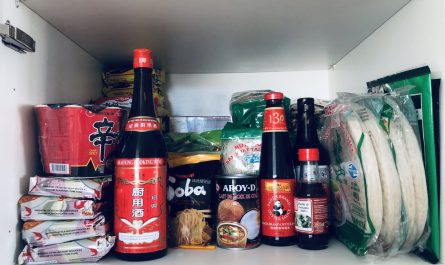Living without having to ingest meat, or being a vegetarian or even a vegan. How is the environment influenced by how we eat? Our choices of proteins. Yes, I will go into this topic. I am not going to be hypocritical about it. Although meat hasn’t been a part of my daily diet for couple of years now, I will not say no to a piece of meat at a barbecue, additionally when I go back to Mexico, I gain weight at a pace of around 1 kg/week of eating delicious things mostly containing meat. Maybe the force is just not that strong enough within me. So, let’s get that out of the way now.
I will not lecture you here to become a vegan or a vegetarian or to tell you how horrible of a person you are for eating meat. Although we all know, at least deep inside of us, we are at least a bit horrible for whatever reason. So, back to meat, I would only like to highlight a few points that go against meat consumption from an environmental perspective. I will not get into animal rights, that is another story, definitely interlinked but deserves probably more attention on a moral and ethics perspective.
I found beautiful depicted data on ourworldindata.org, here are just some facts on meat and diary production and consumption around the world:
- The world now produces more than four times the quantity of meat as it did fifty years ago. In 2013, production was around 320 million tonnes.
- Pigmeat is the most popular meat globally, but the production of poultry is increasing most rapidly.
- 80 billion animals are slaughtered each year for meat.
- The average person in the world consumed around 43 kilograms of meat in 2014. This ranges from over 100kg in the US and Australia to only 5kg in India.
- Meat consumption increases as the world is getting richer.
- The world now produces around 800 million tonnes of milk each year – more than double the amount fifty years ago.
- Richer countries tend to consume more milk per person.
- The amount of meat produced for a given animal varies significantly across the world based on production systems.
- Livestock production has large environmental impacts on greenhouse gas emissions, land and water use. Beef and lamb have much larger environmental impact than pigmeat and poultry.
Again, what are the environmental impacts of food and agriculture as a whole? You might ask. The visualization here from ourworldindata.org shows a summary of some of the main global impacts:

- Food accounts for over a quarter (26%) of global greenhouse gas emissions;
- Half of the world’s habitable (ice- and desert-free) land is used for agriculture;
- 70% of global freshwater withdrawals are used for agriculture;
- 78% of global ocean and freshwater eutrophication (the pollution of waterways with nutrient-rich pollutants) is caused by agriculture;
- 94% of mammal biomass (excluding humans) is livestock. This means livestock outweigh wild mammals by a factor of 15-to-1. Of the 28,000 species evaluated to be threatened with extinction on the IUCN Red List, agriculture and aquaculture is listed as a threat for 24,000 of them.
Food, therefore, lies at the heart of trying to tackle climate change, reducing water stress, pollution, restoring lands back to forests or grasslands, and protecting the world’s wildlife.
But what part of this comes from meat and dairy production you might ask? Let’s see that in the form of beautiful graphics:
Land use

For land use per kilo calories or proteins the and graph has lamb and beef also at the top and by a huge difference.
Greenhouse gas emissions

52% of the global greenhouse gas emission for food production can be attributed directly to livestock and fisheries.

Across the supply chain we can also see a major difference between beef and any other food product. Interesting is also the amount of greenhouse gas emissions per kg that coffee and chocolate produce across the supply chain, it is actually more than eggs, fish, poultry and even pig-meat. We can also see that transport is a minimal contributor of GHG emissions. We still should consume local if we can, but it is not what really makes the difference.
Eutrophying Emissions

Water withdrawal

Almost on every category meat and dairy make a big contribution to destroying our environment, and it’s not even close, their environmental impact is staggeringly high compared to plants and vegetables. Nuts on freshwater use are quite high, and I still don’t know what to make out of it, don’t eat nuts? Which ones? You got me there, this will have to wait for another time.
I know meat can be delicious, but still, I would like to encourage us to leave it for special occasions. And stay tuned for my next post, I’ll give you some tips on how to do this.
Hannah Ritchie and Max Roser (2020) – “Environmental impacts of food production“. Published online at OurWorldInData.org.
Hannah Ritchie and Max Roser (2020) – “Meat and Dairy Production“. Published online at OurWorldInData.org.



